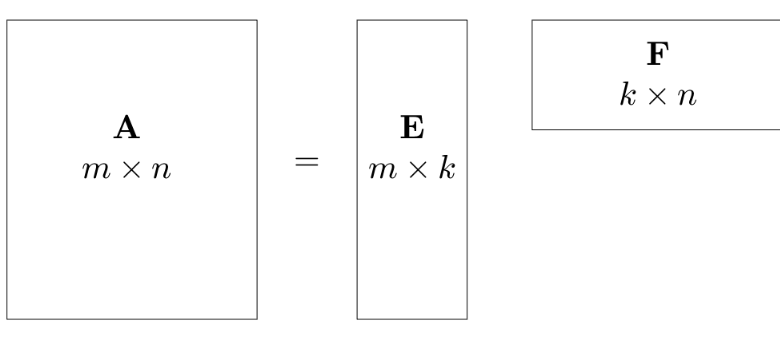How to Find a Rank of Matrix

In the realm of linear algebra, matrices serve as essential tools for representing and solving systems of linear equations. One important concept related to matrices is their rank, which provides information about the linear independence of the rows or columns within a matrix. how to find a rank of matrix is fundamental for students, engineers, and data scientists alike.
In this article, we will explore the definition of matrix rank, why it is important, and the methods used to determine it. We’ll also walk through several examples and provide practical tips for accurately calculating matrix rank.
What Is Matrix Rank?
The rank of a matrix refers to the number of linearly independent rows or columns within the matrix. More precisely, it is the dimension of the row space or column space. A higher rank implies more independent information contained in the matrix.
For a matrix of size m×nm \times n, the rank cannot exceed the smaller of mm or nn.
Why Is Rank Important?
Before we learn how to find a rank of matrix, it’s important to understand why this concept matters. Rank has several real-world and theoretical applications:
- Solving Linear Equations: A system of equations has a unique solution if the coefficient matrix has full rank.
- Data Analysis: In machine learning, the rank is used in techniques like PCA (Principal Component Analysis) to reduce data dimensions.
- Signal Processing and Control Systems: Rank helps analyze system observability and controllability.
Methods to Find Rank
There are multiple methods used to determine the rank of a matrix. Let’s explore the most common ones.
1. Row Echelon Form (REF)
Steps:
- Identify the pivot (the first non-zero element from the left) in the first row.
- Use row operations to make all elements below the pivot zero.
- Repeat the process for each subsequent row.
Example:
Consider the matrix:
A=[123246369]A = \begin{bmatrix} 1 & 2 & 3 \\ 2 & 4 & 6 \\ 3 & 6 & 9 \end{bmatrix}
Apply row operations:
- Row2 = Row2 − 2×Row1 → [0 0 0]
- Row3 = Row3 − 3×Row1 → [0 0 0]
Final matrix:
Only one non-zero row → Rank = 1
See also: Is a Business Analysis Portfolio essential to get a job in the top 5 financial institutes in Mumbai
2. Reduced Row Echelon Form (RREF)
This method goes beyond REF. In Reduced Row Echelon Form, each pivot must be 1, and it must be the only non-zero entry in its column.
Advantages:
- Gives a clearer view of linear independence.
- Commonly used in solving systems of equations.
3. Determinants and Minors
This is a more theoretical approach based on the determinants of square submatrices.
Steps:
- Begin with the largest possible square submatrix.
- Compute the determinant.
- If it’s zero, check smaller submatrices until you find a non-zero determinant.
This method is effective in small matrices but less practical for large ones due to complexity.
4. Using Technology
If you’re dealing with large matrices or want to avoid manual calculations, various tools can help.
Online Calculators:
You can find the rank easily by entering the matrix on websites like:
- Symbolab
- MatrixCalc.org
- Wolfram Alpha
Python Example (NumPy):
import numpy as np
A = np.array([[1, 2], [2, 4]])
print(np.linalg.matrix_rank(A)) # Output: 1
MATLAB:
A = [1 2; 2 4];
rankA = rank(A)
These tools give quick and accurate results.
Real-World Applications
- Computer Graphics: Used in 3D modeling and transformations.
- Economics: Rank helps model and solve optimization problems.
- Machine Learning: Rank is used in dimensionality reduction and data preprocessing.
- Physics: Matrix rank helps in solving vector equations in classical mechanics and quantum physics.
Common Mistakes to Avoid
- Ignoring Zero Rows: Always count only the rows with non-zero entries.
- Improper Row Operations: Mistakes in subtraction or division can lead to wrong results.
- Confusing Rank with Determinant: A zero determinant in a square matrix implies it is not full-rank, but they are not the same.
Conclusion
Learning how to find a rank of matrix is essential for mastering linear algebra and its wide-ranging applications. Whether you’re solving equations, analyzing data, or developing algorithms, matrix rank provides vital structural insight into the matrix you’re working with.
By using methods like row reduction, determinant checks, and computational tools, you can accurately and efficiently find the rank of any matrix. With practice, you’ll be able to determine matrix rank quickly and confidently, making this foundational concept a valuable part of your mathematical toolkit.




